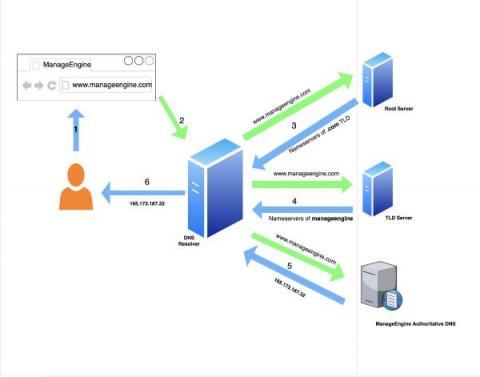Operations | Monitoring | ITSM | DevOps | Cloud
ManageEngine
S2E3: Crafting visual lifecycles and workflows in ServiceDesk Plus - Masterclass 2022
Celebrating the power of the internet
International Internet Day (10/29) is an occasion for people to celebrate the great invention that transformed the way we live, work, and communicate. The day is an annual reminder of how far we have come since the creation of the internet and where it might take us in the future. Let us look into how the internet invaded every aspect of our daily lives and became indispensable.
Minimizing network downtime by integrating network monitoring solutions with ITSM tools
Being a network admin of an enterprise network, you know better than anyone how disastrous network downtimes might be. The cost of downtime study conducted by Gartner in 2014 found that network downtime costs $5,600 per minute on an average, but this number can range from $2,300 to $9,000 per minute. With organizations moving towards sophisticated networks built on hybrid infrastructures, network downtimes are becoming more frequent and costly.
Network automation tools and their importance in today's networks
Never too late for database performance monitoring
A reliable database system is necessary in the IT operations of an organization to ensure unhindered delivery of information. This is especially true when it comes to business-critical applications, as disruptions in a database system directly impact the end-user experience, ultimately harming your revenue and reputation. Learn about the difficulties inherent to database systems and how monitoring helps resolve these problems.
IT analytics in 90 seconds: Improve app maintenance cycles
How does a DNS work?
DNS resolution is the first step taken to form an internet connection. This includes when any device is being used to access a website or any type of internet-enabled application, such as e-commerce, CRM, or food delivery. These applications are connected to the internet via IP-backbone, which is typically controlled by a protocol named BGP (Border Gateway Protocol). Each application has a unique numbering schema on the internet, referred to as IP address.
Five worthy reads: Is merging artificial intelligence with your thoughts really a good idea?
Five worthy reads is a regular column on five noteworthy items we’ve discovered while researching trending and timeless topics. In this edition, we’ll learn what brain-computer interfaces are, their crucial medical applications, and the ethical challenges they pose.
Australia's Victoria University optimizes student learning experience using OpManager
Learn how Victoria University, which is ranked in the top 2% universities worldwide, leverages ManageEngine OpManager to enhance its network performance, accuracy, and reliability.











